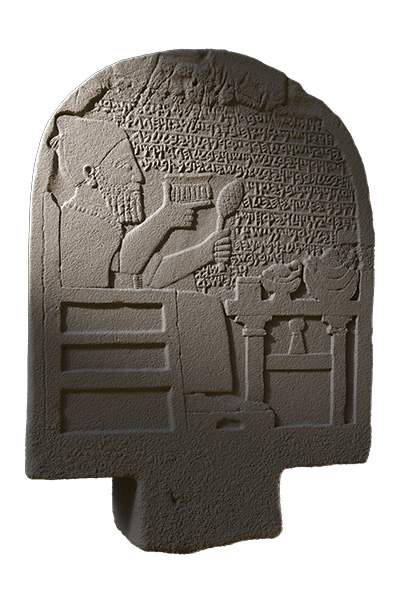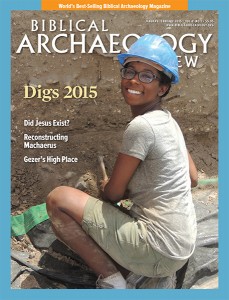
Cultures across the ages have held different views about the afterlife and what happens to the human body and soul after death. A scene from an Egyptian tomb reenacting parts of the Book of the Dead or an episode from Greek mythology, such as Cerberus guarding the entrance to Hades, comes to mind. While we no longer think that we must be mummified or memorize spells to safely overcome obstacles in the underworld or that we need a coin to pay Charon the boatman to cross the rivers Styx and Acheron in order to enter Hades, some ancient burial customs persist to this day (even if our reasoning has shifted). For example, we still bury treasured items with our loved ones, lay flowers on their graves and—in some cultures—feast with the dead.
In Remembrance of Me: Feasting with the Dead in the Ancient Middle East, a new exhibit at the Oriental Institute of the University of Chicago, explores the ancient Near Eastern practice of feasting with the dead, a facet of ancestor veneration. The featured artifact—and driving force behind the creation of the exhibit—is the Katumuwa Stele, a basalt slab set up as a funerary monument for a man named Katumuwa who lived more than 2,700 years ago in the Iron Age city of Sam’al. Standing more than 3 feet tall, the stele was discovered in 2008 by a University of Chicago-led excavation at the site of Zincirli (ancient Sam’al) in southeastern Turkey.
The stele includes a scene with Katumuwa and an inscription with detailed instructions concerning feasts to be held after Katumuwa’s death. The well-preserved Aramaic inscription reads:
Already a library member? Log in here.
Institution user? Log in with your IP address.

